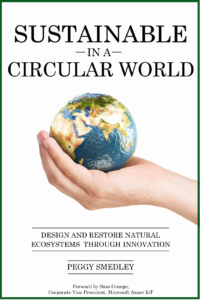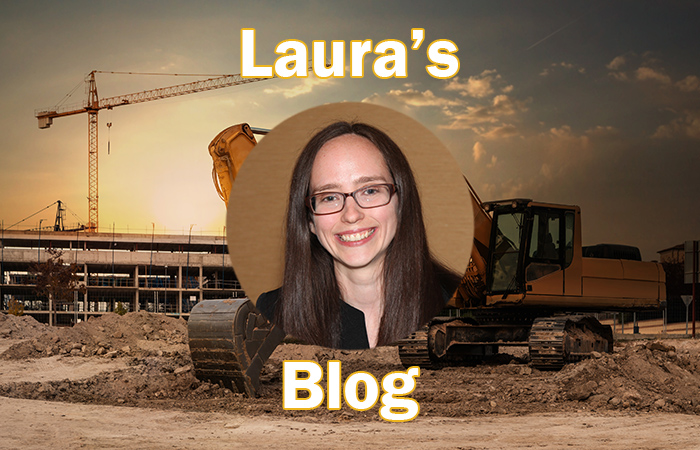Here in the United States, we must continue to focus on rebuilding our crumbling infrastructure. There is much work to be done and many opportunities, but we also must remember to keep an eye on evolving technologies as we build fast and furious. If you attended World of Concrete earlier this year, then you know cement and concrete were large topics of conversation—specifically how to decarbonize and lower emissions.
Earlier this month, Peggy Smedley covered this in a blog, looking at how cement remains one of the largest industrial emitters of carbon emissions. What is needed is alternatives and innovative technologies to propel new options forward.
What else is needed is to determine how to decrease scope 3 emissions, which is no easy feat when all the supply-chain partners are taken into account.
As a reminder, Scope 1 are the greenhouse gas emissions a company makes directly, while Scope 2 are the emissions a company makes indirectly like when it purchases electricity. Meanwhile, Scope 3 is associated with everything else and not just the company, but all of the suppliers upstream and downstream of the value chain. IDTechEx suggests in a new report there are three green cement options for lowering Scope 3 emissions.
New materials: One way to reduce emissions is to make cement from new materials, which is something key players are exploring. Another option here is to reactivate cement paste recovered from demolition concrete.
Replace cement: A second option would be to replace cement with waste materials, with some considering using even greater amounts of industrial waste streams through alternative cement chemistries. Alternative cement based on alkali-activation and CO2 mineralization for hardening and strengthening are being developed.
Renewable power: A third option is to replace fossil fuels with renewable power, taking a cue from the transportation industry. Electrifying the cement production process with renewable energy is another way to help decarbonize the industry.
Certainly, these are a few ways to lower carbon emissions. Another is to leverage new technologies like gen AI (artificial intelligence).
Peggy has pointed out how companies can use technology to continuously monitor cement manufacturing to reduce downtime and increase equipment use, while also delivering products in a faster manner. Ultimately, this could also help reduce emissions, as technology can help increase productivity and minimize waste.
Want to tweet about this article? Use hashtags #construction #IoT #sustainability #AI #5G #cloud #edge #futureofwork #infrastructure #cement #concrete


